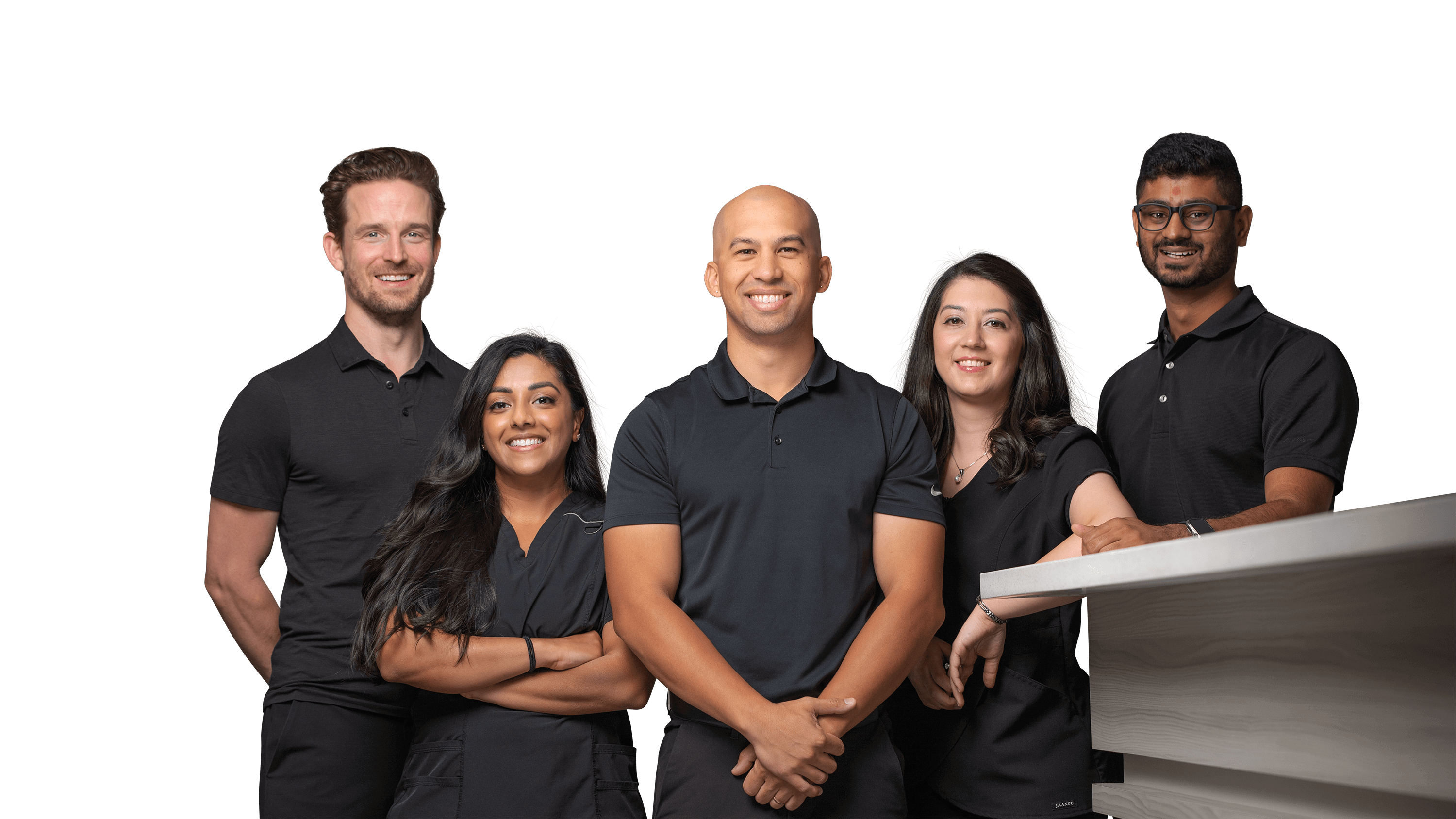Claw Toe/Hammer Toe

Medical terminology: hammer toe, claw toe, mallet toe
What is a claw toe/hammer toe?
Claw toe/Hammer toe is a contracture of the little joints (interphalangeal joints) of the toes and is common in the second, third, fourth, or fifth toes. The claw-like deformity can cause abnormal pressure on the toe when wearing shoes, causing problems to develop.
Claw toe/hammer toes usually start out as a flexible deformity with mild to no symptoms that can often be managed with non-invasive measures. Because of the progressive nature of hammertoes, hammertoes get progressively worse over time. If left untreated, hammertoes can become more rigid and will not respond to non-invasive, conservative treatment.
Common symptoms of claw toes/hammer toes
- Difficulty wearing certain shoes
- Pain or irritation of the affected toe when wearing shoes
- Corns and calluses on the top of the toe, between toes, or on the ball of the foot
- Red, warm, swollen toe or a burning sensation
- Flexed, claw-like bending of the toe
- Open sores (ulcers) may form in more severe cases of hammer toe
What are common causes of a claw toe/hammer toe?
Muscle/tendon imbalance caused by:
- Poor biomechanics of the foot
- Muscle atrophy (loss of muscle) due to diseases such as Diabetes, Charcot-Marie-Tooth (CMT)
- Bony changes due to conditions such as rheumatoid arthritis, osteoporosis
Ill-fitting footwear
- Toes are forced in a cramped position
- Tight or narrow footwear
- Shoes are too small
Trauma and genetics can also be reasons for having hammer toes.
What is the treatment for claw toes/hammer toes?
There are several conservative, nonsurgical treatment options. Consult your foot specialist to determine what treatment options will be most effective for you. The Mississauga Foot Clinic can provide the necessary conservative treatment options and incorporate treatment options, such as:
- Removal of corns and calluses;
- Corticosteroid injections may be used to ease pain and reduce inflammation
- Proper fitting footwear to reduce the amount of pressure from the hammer toes
- Enough room in the toe box to accommodate the clawed digits
- Modify your footwear to accommodate the hammer toes
- Padding to protect the digits from additional pressure
- Tenotomy is a minor soft tissue procedure performed in-office that can straighten only flexible claw toes/hammer toes
- Custom-made orthotics to support the foot by redistributing pressure or realigning foot joints
When do I need surgery for a claw toe/hammer toe?
Non-invasive/conservative treatment usually fails when the hammer toe has become more rigid and painful. When the claw toe/hammer toe has progressed into a rigid bony deformity, or when a constant open sore has developed, surgery is needed.
Orthopedic surgeons, as well as Podiatrists, are able to take x-rays to determine the degree of the deformities and select the procedure needed to correct the hammer toe. The length of the recovery period will vary depending on the extent of your deformity, the number of toes involved, your age, your activity level, and the procedure performed.
